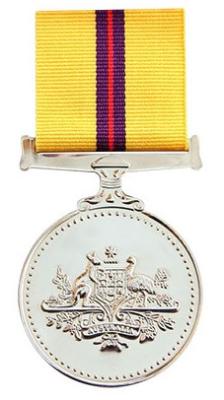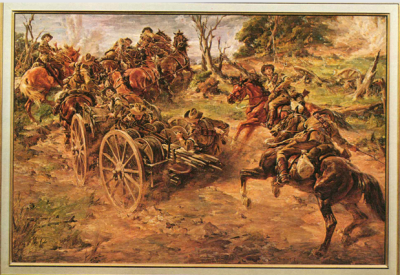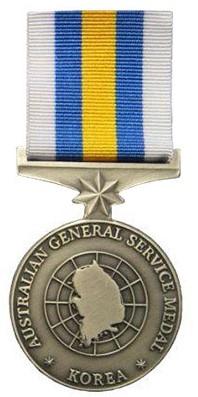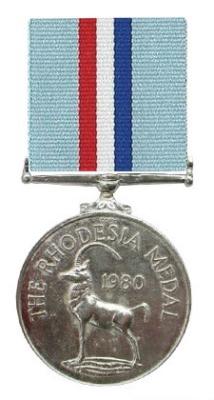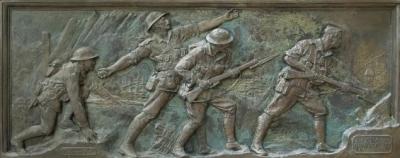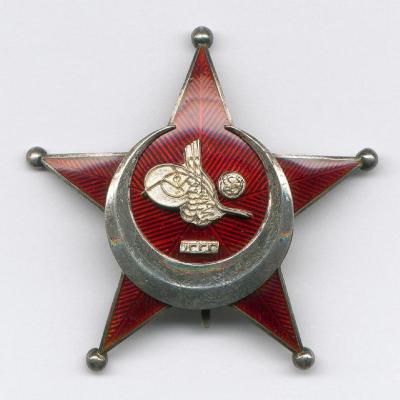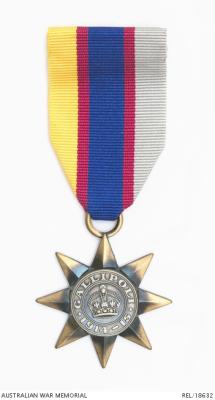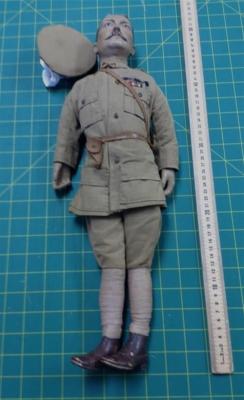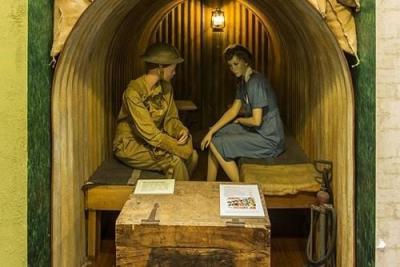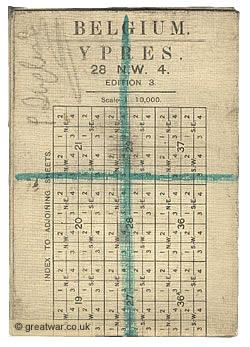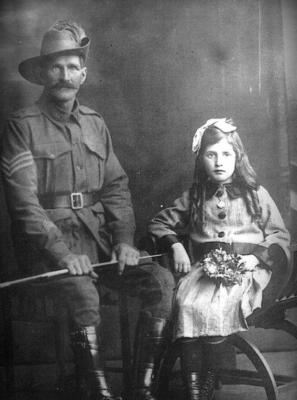Heliograph Mk5
A heliograph is a solar telegraph system. It signals (usually Morse code) by flashing sunlight reflected by a mirror. The Army Mance Mark V version used a mirror with a small un-silvered spot in the centre. The sender aligned the heliograph to the target by looking at the reflected target in the mirror and moving their head until the target was hidden by the unsilvered spot. Keeping their head still, they then adjusted the aiming rod so its cross wires bisected the target. They then turned up the sighting vane, which covered the cross wires with a diagram of a cross, and aligned the mirror with the tangent and elevation screws so the small shadow that was the reflection of the unsilvered spot hole was on the cross target. This indicated that the sunbeam was pointing at the target. The flashes were produced by a keying mechanism that tilted the mirror up a few degrees at the push of a lever at the back of the instrument. If the sun was in front of the sender, its rays were reflected directly from this mirror to the receiving station. If the sun was behind the sender, the sighting rod was replaced by a second mirror, to capture the sunlight from the main mirror and reflect it to the receiving station
In spite of its relatively simple concept, the heliograph in its modern form dates only to 1869. Sir Henry Christopher Mance, (6 September 1840 -- 21 April 1926) was a British electrical engineer .He received a knighthood for developing the heliograph. Sir Henry joined the Persian Gulf Telegraph Department in 1863, and was employed on the laying of the first Persian Gulf submarine communications cable. An inventive man, he was responsible for a number of important developments in the field of cable laying, testing and usage.
In 1869 he invented the heliograph, a wireless solar telegraph that signals by flashes of sunlight using Morse code reflected by a mirror. The flashes were produced by momentarily pivoting the mirror. Frustrated by Government lack of interest, he sent a number of his instruments to Lord Roberts for use during the second Afghan War, where the practical value of the invention was realised. It was subsequently adopted by military services worldwide and was still being used in World War II.
Details
Details
The Mance Heliograph was operated easily by one man, and since it weighed about seven pounds, the operator could readily carry the device and its tripod. The British Army tested the heliograph in India at a range of 35 miles with favourable results. The usefulness of heliographs was limited to daytimes with strong sunlight, but they were the most powerful type of visual signalling device known. In pre-radio times heliography was often the only means of communication that could span ranges of as much as 100 miles with a lightweight portable instrument.
At the Australian Army Museum of WA, heliographs are on display in the Pre 1945 and the Communications Galleries. This device is also located in the Communications Gallery commissioned by the Australian Army Museum of Western Australia as part of the Centenary commemorations of the Royal Australian Corps of Signals. Communication devices used by the Australian Army also are presented in their operational context throughout the Museum.
Lamps, heliographs and flags were all used by Australian contingents during the 2nd Anglo-Boer War 1899 to 1902.
This exhibit is in the Communications Gallery commissioned by the Australian Army Museum of Western Australia as part of the Centenary commemorations of the Royal Australian Corps of Signals in the broader context of the evolution of communications technologies. Communication devices used by the Australian Army also are presented in their operational context throughout the Museum
Australian Army Museum of Western Australia
Australian Army Museum of Western Australia
Other items from Australian Army Museum of Western Australia
- The Iraq Medal
- Royal Australian Corps of Signals Memorial Painting - "Signals in Action 1914 - 1918"
- Australian General Service Medal for Korea
- The Rhodesia Medal
- Plaster Cast 2 Division AIF Memorial Panel
- World War 1, Honour Board - United and Ancient Order of Druids, Lodge 379
- Medal - Gallipoli Star - Harp Madalyası (Ottoman Empire)
- Medal - ANZAC Star - Gallipoli Star (Australia)
- Lord Roberts Workshops - Kitchener Doll 1916
- Diorama - World War 2, Anderson Shelter, AWAS and VAD, 1943
- Trench Maps (1:20,000 scale, 1:10,000 scale and larger)
- World War 1, Australia, Western Australia, 431 LEE, 10 Light Horse
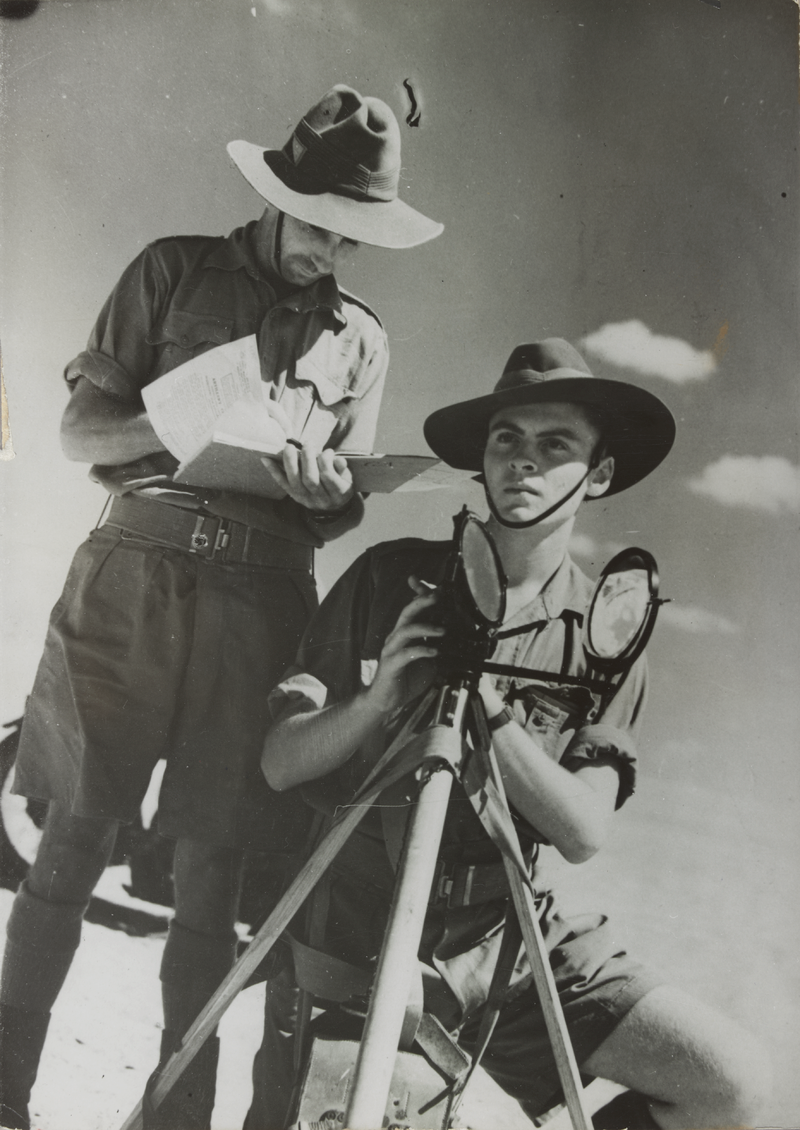
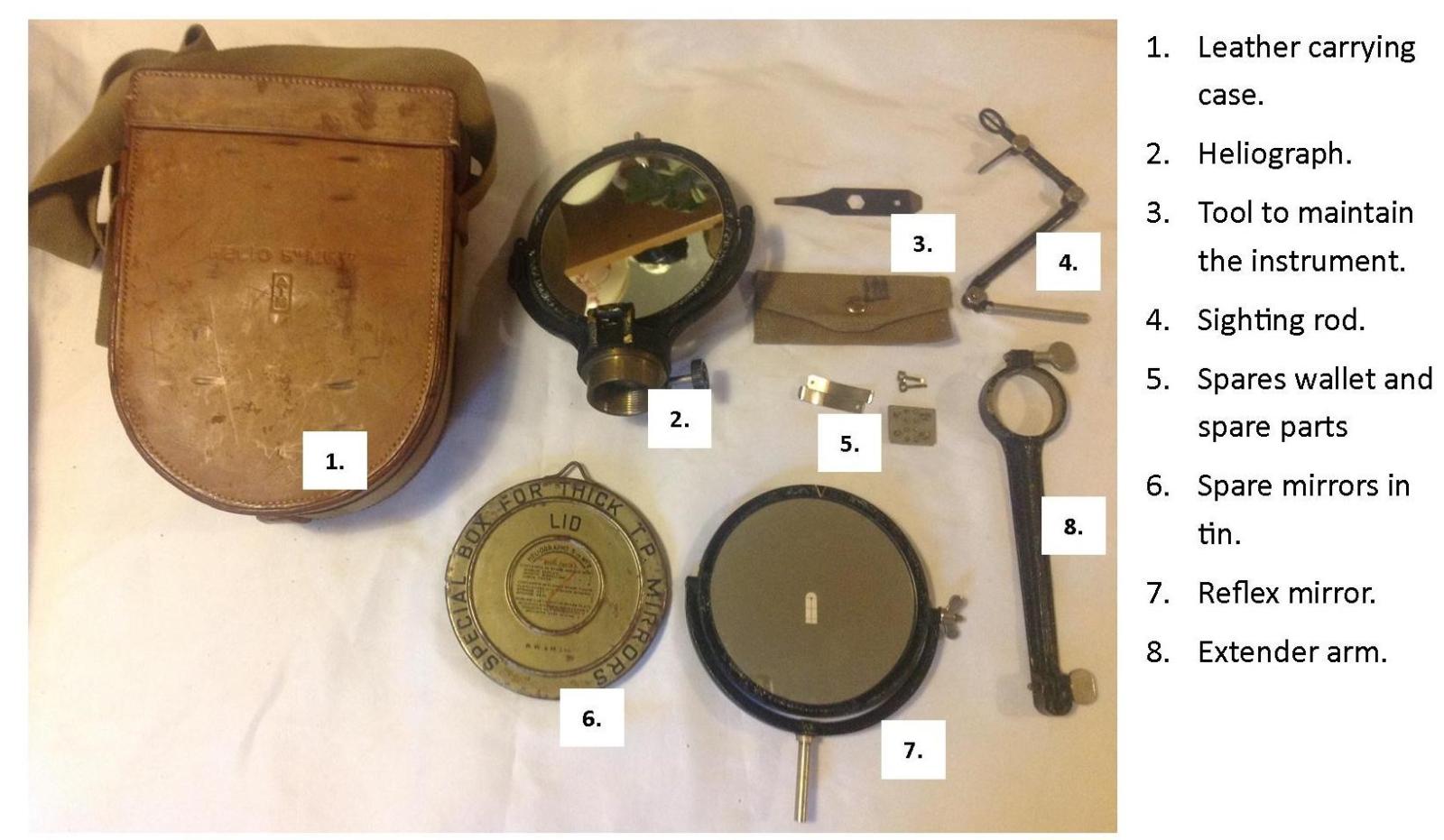
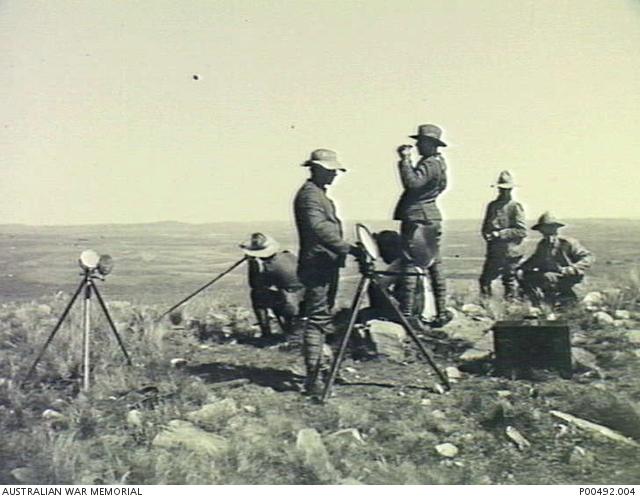
Scan this QR code to open this page on your phone ->

